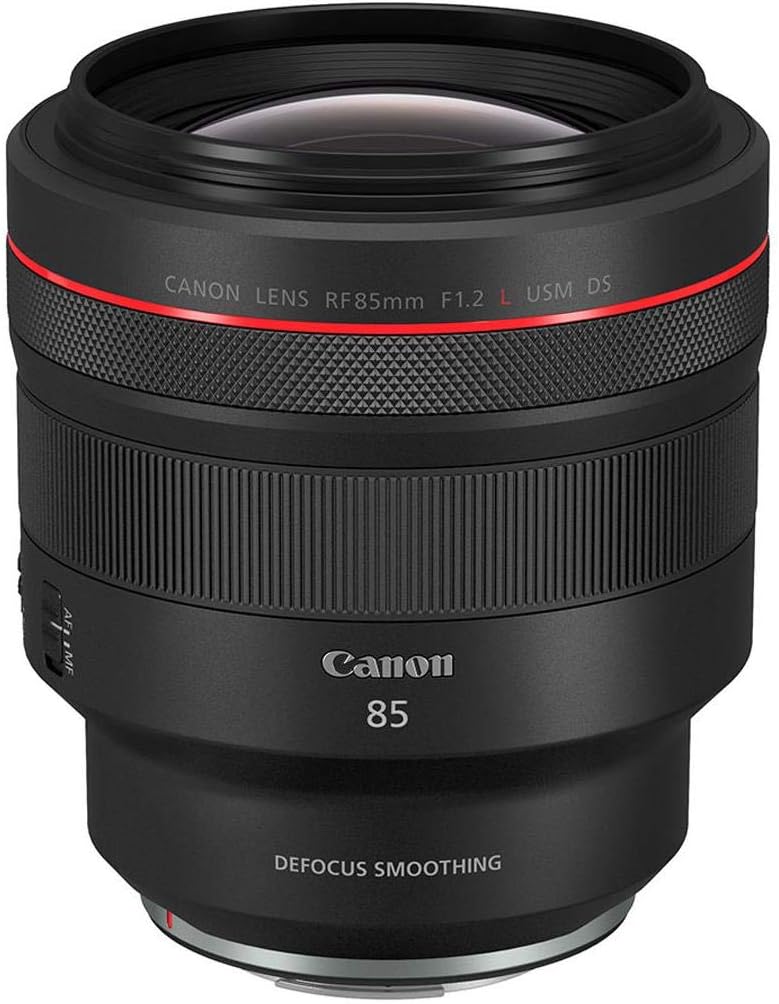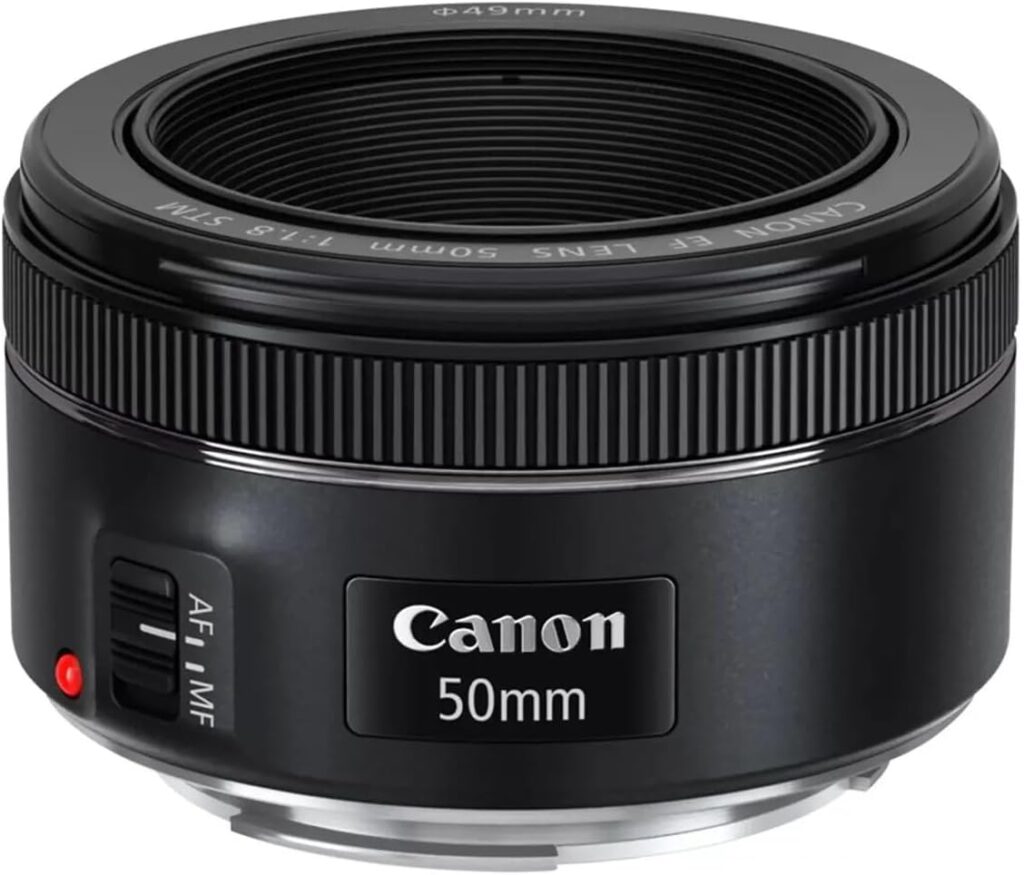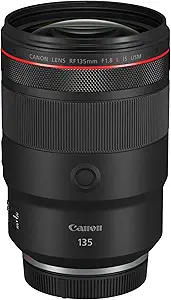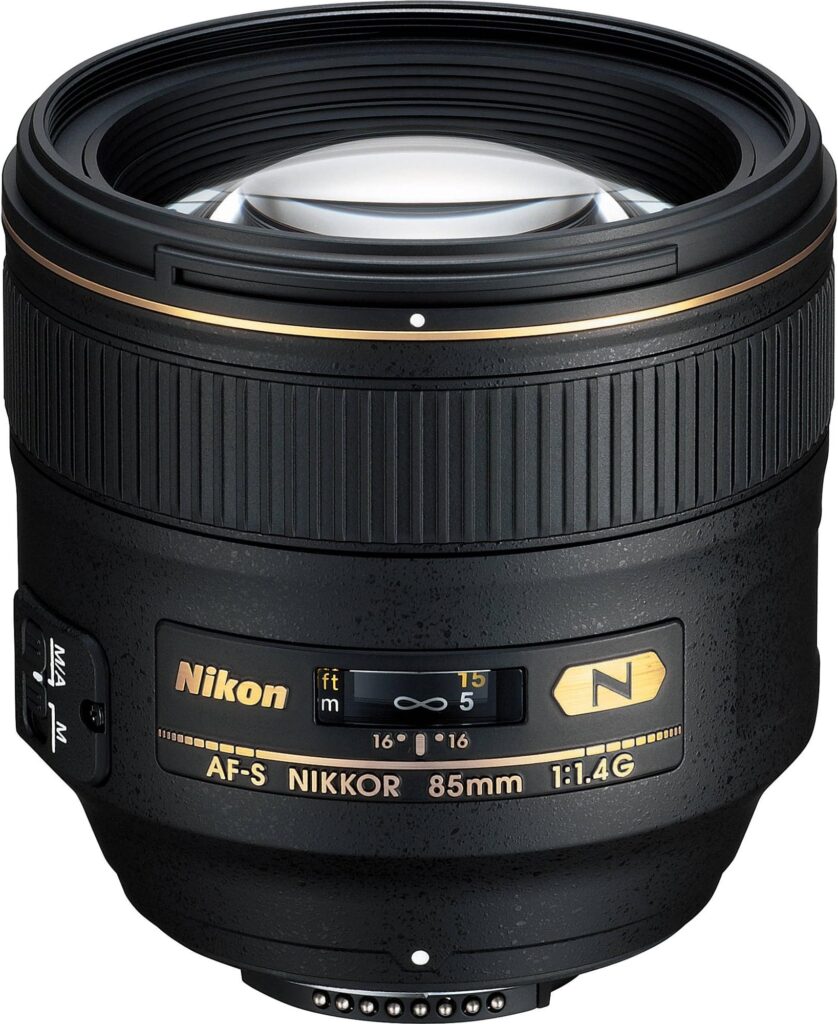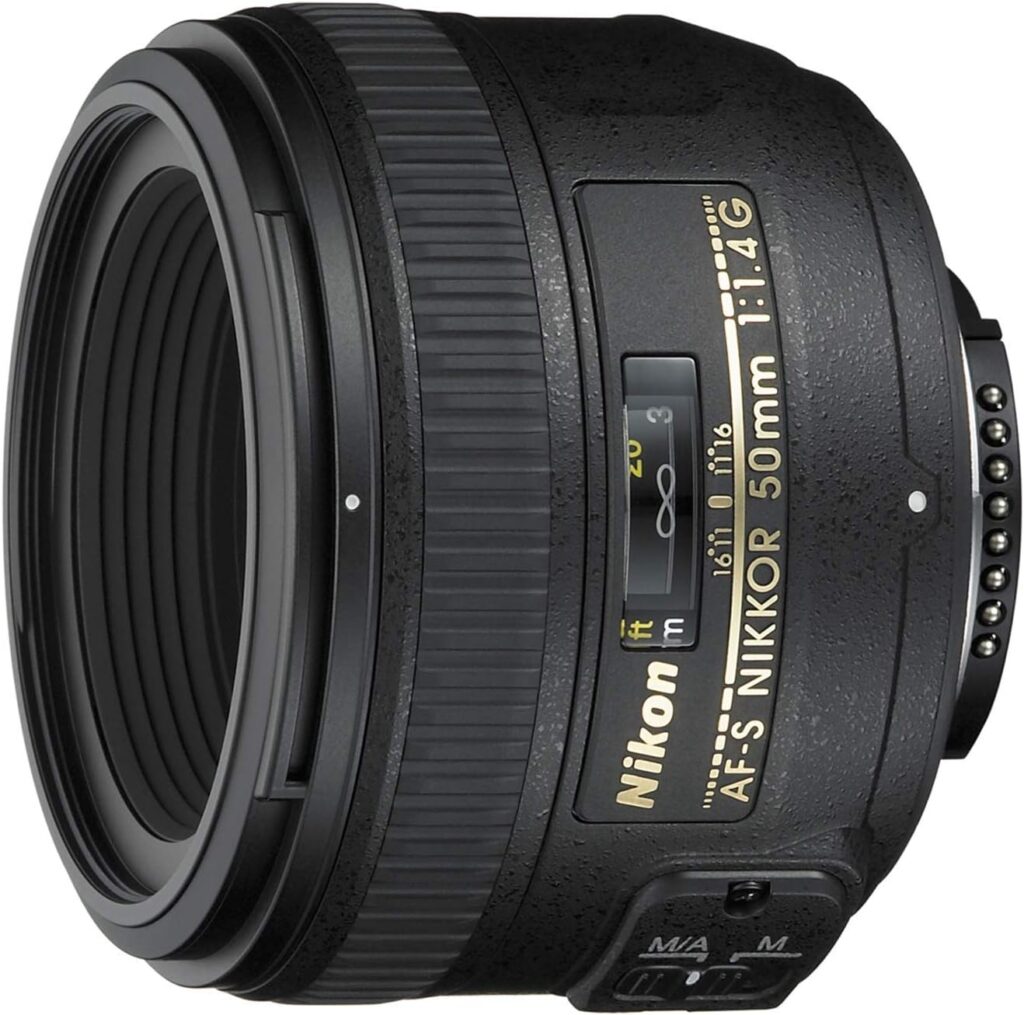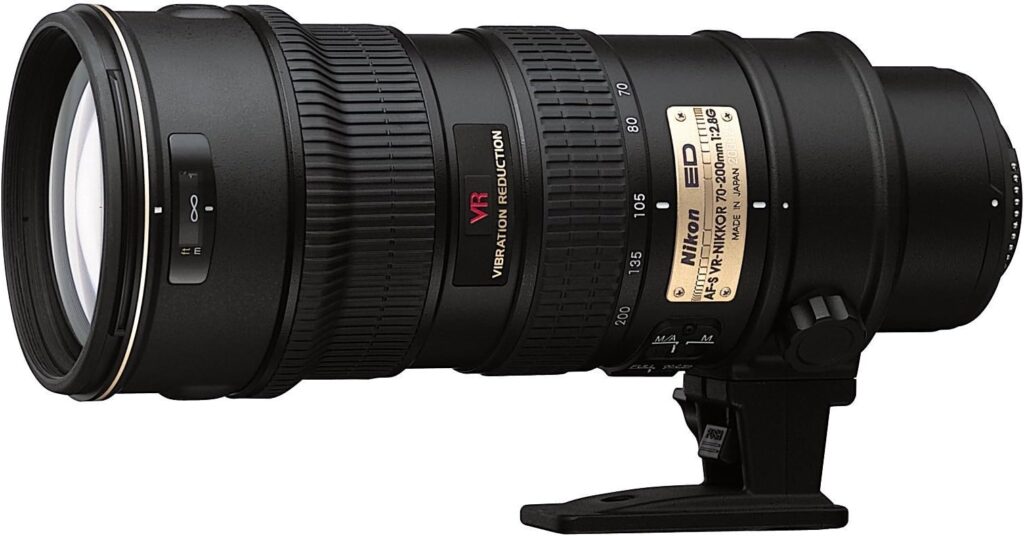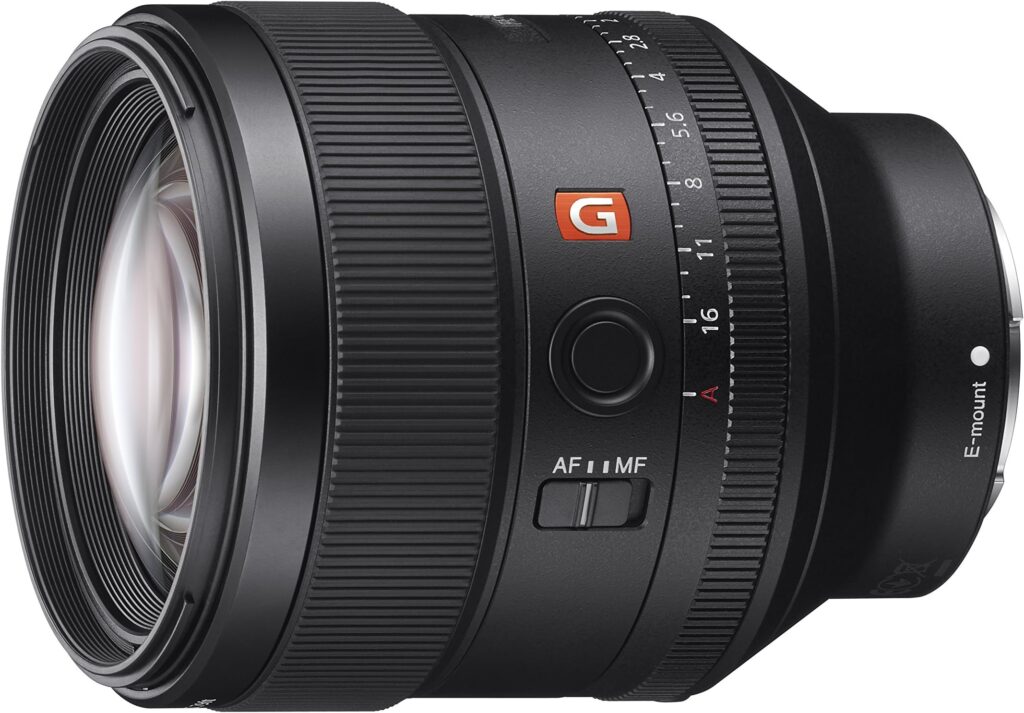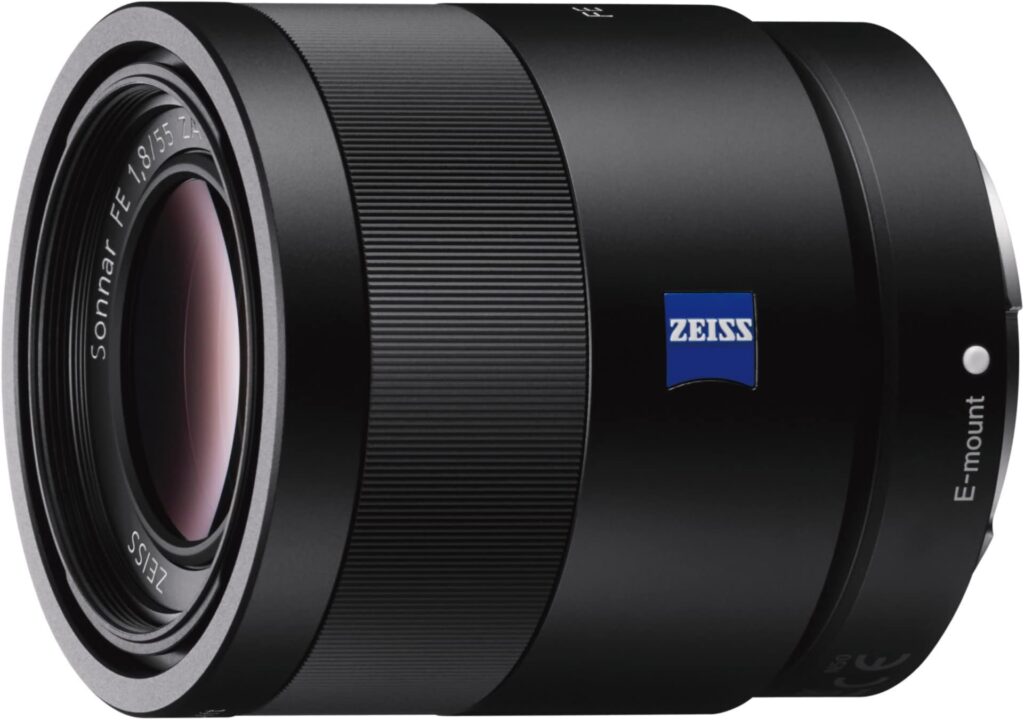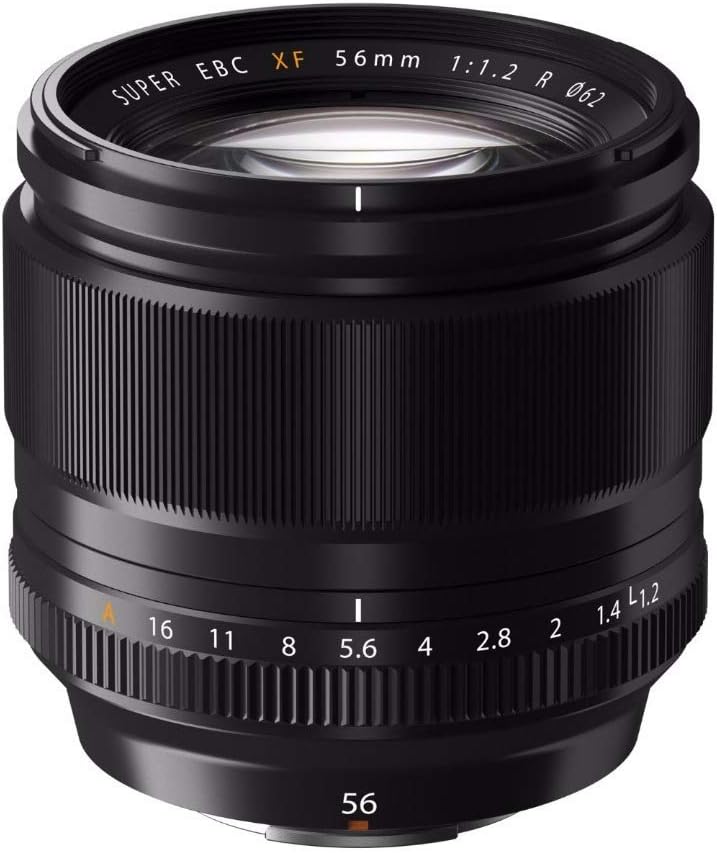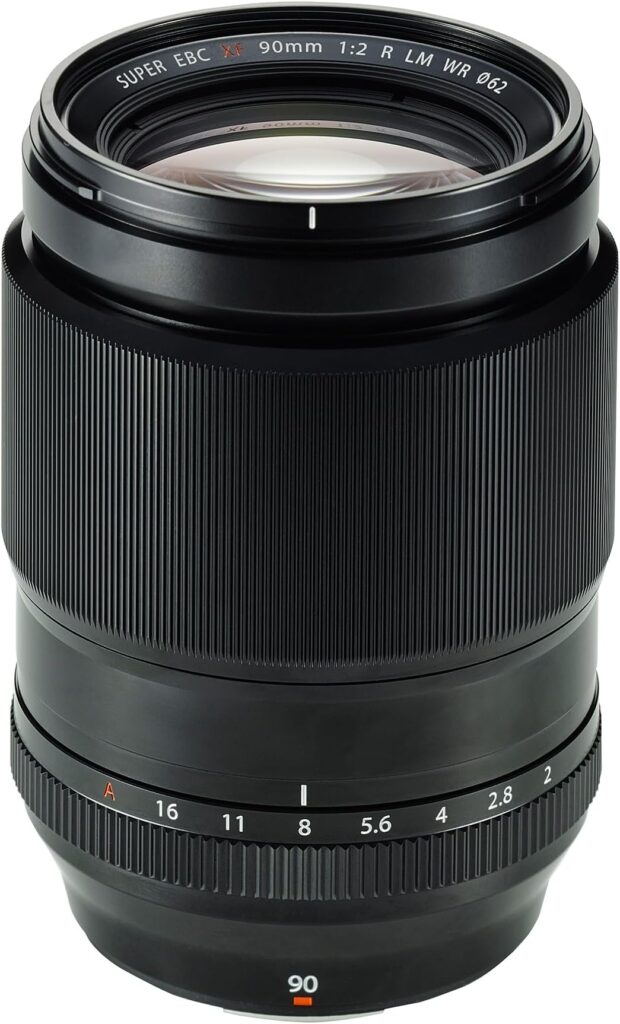Have you ever looked at a great portrait photograph and wondered what the photographer used to create that perfect blend of sharp subject and dreamy background? The secret often lies not in the camera body, but in the lens choice. Finding the best lens for portraits can transform your photography from amateur snapshots to professional-quality images that truly capture your subject’s essence.
From classic 50mm primes to versatile 85mm lenses, each option offers its own way of shaping light, depth, and character in your portraits. But how do you choose the best one for your style? Some photographers swear by the creamy bokeh of an 85mm f/1.4, while others love the storytelling flexibility of a 35mm. No matter your preference, investing in quality glass is only as important as having the right wedding photography camera—if not more! And once you’ve found the perfect lens, it’s worth considering cloud storage for photographers to protect your growing portfolio, a reliable CRM system to streamline bookings, and smart SEO strategies to help your work reach the right audience.
Table of Contents
Understanding the Importance of Portrait Lenses
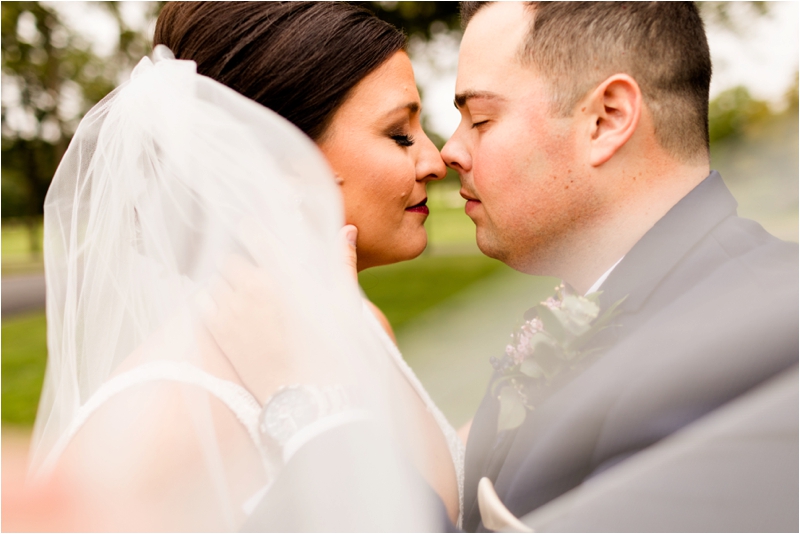
What Makes a Lens Ideal for Portrait Photography?
When searching for a portrait lens, you’re looking for specific qualities that bring out the best in human subjects! A great portrait lens captures natural skin tones while creating beautiful separation between your subject and the background. This separation—often called “bokeh”—is that dreamy blur that makes your subject stand out effortlessly!
The best lens for portrait photography has a focal length that flatters facial features without distortion. Wide-angle lenses can make noses appear larger and faces seem wider, but portrait lenses provide a more natural perspective! They gently compress features in a way that looks pleasing to the human eye, which is why focal lengths between 50mm and 135mm are favorites among portrait photographers.
Another key factor? Sharpness exactly where it matters—typically in the subject’s eyes—while softly fading out other details. This creates depth and dimension that draws viewers into the image!
Important Features to Consider: Aperture, Focal Length, and More
When choosing a portrait lens, aperture size should be at the top of your list! A wide aperture (represented by a low f-number like f/1.8 or f/1.4) allows more light into your camera, helping you shoot at faster shutter speeds and perform better in tricky lighting. More importantly, it delivers that gorgeous shallow depth of field, keeping your subject crisp while blurring the background beautifully!
Focal length also plays a huge role in the look and feel of your portraits. A 50mm lens gives a natural perspective, making it perfect for environmental portraits. The popular 85mm is a go-to for headshots and upper-body portraits, offering ideal compression that flatters facial features. Meanwhile, a 135mm lens creates dramatic background separation, making it a fantastic choice for more formal portraits!
Build quality matters too, especially for professionals! Features like weather sealing, durable construction, and fast, reliable autofocus can make a big difference in your shooting experience. Image stabilization is another factor to consider—it’s a game-changer for handheld shooting in low light, helping maintain sharpness without pushing your ISO too high!
Common Misconceptions about Portrait Lenses
One of the biggest myths out there? Only the most expensive lenses can create professional portraits! While high-end glass has its perks, some of the best portrait lenses are surprisingly budget-friendly. Take the classic “nifty fifty” 50mm f/1.8—it’s an affordable option that delivers incredible results!
Another misconception is that zoom lenses can’t match the quality of prime lenses for portraits. While prime lenses often have wider apertures, modern zooms—like the 70-200mm f/2.8—offer great image quality with the flexibility to adjust focal length on the fly! The best choice depends on your shooting style, not only whether the lens is a prime or a zoom!
And what about depth of field? Some photographers believe a portrait lens has to create an ultra-blurry background to be effective, but that’s not always the case! Many beautiful portraits are shot at f/2.8 or even f/4, especially for group portraits where multiple faces need to stay in focus.
Top Recommendations: Best Portrait Lenses by Brand
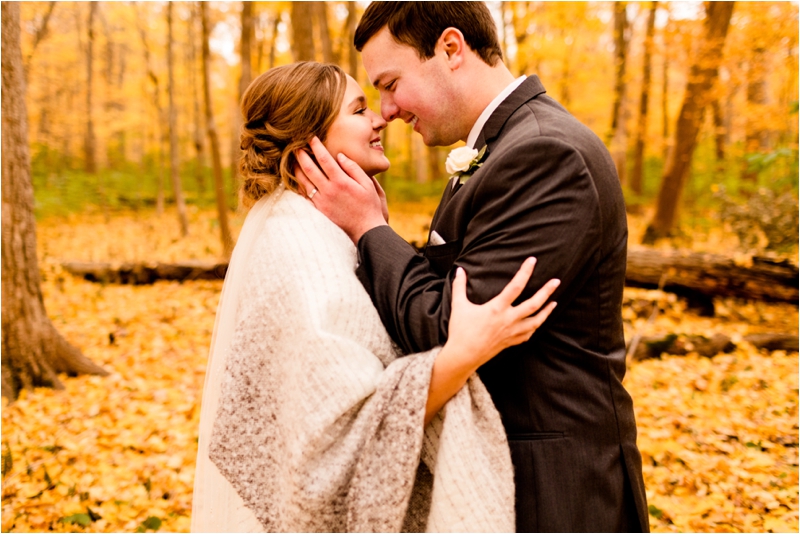
With so many fantastic options available, finding the best lens for portraits can feel overwhelming! Whether you’re shooting professional headshots, wedding portraits, or family sessions, these lenses consistently deliver great results!
Must-Have Canon Lenses for Amazing Portraits
Canon 85mm f/1.2 L II: The Professional’s Choice
If you’re wondering what the best Canon portrait lens is, the Canon 85mm f/1.2 L II is a true standout! This legendary lens has earned its place among professional photographers for a reason. The ultra-wide f/1.2 aperture creates an incredibly shallow depth of field, allowing for sharp, striking eyes while the rest of the image melts into dreamy softness!
But what really sets this lens apart? Its exceptional bokeh—the silky, out-of-focus background that turns a simple portrait into a work of art! Yes, it’s a bit heavy, and yes, it’s an investment, but for those who want the absolute best in Canon’s portrait lens lineup, it’s worth every penny!
Canon 50mm f/1.8 STM: Compact and Affordable
Don’t let the modest price tag fool you—Canon’s “nifty fifty” punches well above its weight when it comes to image quality! The Canon 50mm f/1.8 STM has introduced countless photographers to the beauty of prime lenses, delivering sharp optics and gorgeous background separation without breaking the bank. At under $200, it’s often the first dedicated portrait lens many photographers invest in—and for good reason!
This lightweight powerhouse is perfect for environmental portraits and lifestyle sessions where you want a bit more context around your subject. Wedding photographers love it for getting-ready shots and reception coverage, thanks to its natural perspective and versatility. And with its compact size, it’s easy to keep in your bag at all times, so you’re always ready when the perfect portrait opportunity presents itself!
Canon 135mm f/2L USM: Perfect for Creative Background Blur
The Canon 135mm f/2L USM is what I like to call a “secret weapon” in Canon’s portrait lineup! While the 85mm tends to get more attention, this longer telephoto lens delivers a level of subject compression that sculpts faces beautifully while creating remarkable separation from the background. The f/2 aperture combined with the longer focal length results in some of the creamiest, most pleasing bokeh Canon has to offer!
This lens truly shines for outdoor portraits where you have the space to step back and let the magic happen. The extra working distance helps subjects feel more at ease, making it an excellent choice for capturing candid expressions and relaxed poses! For headshot photographers, the 135mm f/2L provides that polished, professional look with minimal facial distortion and an ultra-smooth background.
Nikon’s Best Picks for Stunning Portraits
Nikon 85mm f/1.4: Ultimate Bokeh and Background Separation
Nikon’s 85mm f/1.4 is widely regarded as one of the finest portrait lenses ever made! It delivers exceptional optical performance, consistently impressing even the most discerning photographers. Colors are rich, skin tones are beautifully rendered, and the depth in each image gives portraits an unmistakable presence. It’s a go-to for fashion and beauty photographers who need precise yet flattering results.
What really sets this lens apart is how it balances technical sharpness with an artistic touch. It’s incredibly crisp where it needs to be, yet it also has a certain character that makes portraits feel alive! The background separation is second to none, giving subjects that signature “3D pop” that makes them stand out effortlessly.
Nikon 50mm F/1.8G: Budget-Friendly Excellence
Much like Canon’s version, Nikon’s 50mm f/1.8G proves that great portrait quality doesn’t have to come with a hefty price tag! This affordable prime lens delivers impressive sharpness and beautiful background blur while maintaining a lightweight and compact design. It’s a fantastic choice for photographers who need a fast, versatile lens that performs well in a variety of settings.
One of the standout features of this particular 50mm? Its modern optical design significantly reduces distortion—something that’s critical when capturing flattering, true-to-life portraits! Wedding photographers especially love this lens for documenting preparation instants and reception details before switching to a longer focal length for the ceremony.
Nikon 70-200mm f/2.8E FL ED VR: Versatility at Its Best
When you need flexibility without compromising image quality, Nikon’s 70-200mm f/2.8E FL ED VR is a portrait powerhouse! This workhorse zoom allows you to capture tight headshots at 200mm or step back for wider environmental portraits at 70mm—all without moving from your spot or disrupting the connection with your subject.
The constant f/2.8 aperture make sure consistent exposure and a beautiful depth of field across the entire zoom range, while Nikon’s advanced vibration reduction helps keep shots sharp even in tricky lighting. For portrait photographers who cover events or fast-paced sessions where changing lenses isn’t ideal, this zoom delivers prime-like quality with the added convenience of a variable focal length!
Sony Lenses That Shine in Portrait Work
Sony FE 85mm f/1.4 GM: Top-tier Quality for Enthusiasts
Sony’s G Master lineup is all about optical excellence, and the 85mm f/1.4 GM is the crown jewel of their portrait lenses! This lens blends technical accuracy with great artistic rendering, making it a favorite among photographers who demand both detail and depth. Autofocus is fast and whisper-quiet—perfect for capturing those expressions during a portrait session!
What truly sets this lens apart? The way it balances razor-sharp resolution with beautifully soft background transitions! It’s sharp enough to catch the finest details, like individual eyelashes, yet the gradual shift into out-of-focus areas feels natural and smooth. For Sony shooters who want a single portrait lens that excels in any situation, this one is an easy choice!
Sony FE 55mm f/1.8 ZA Zeiss Sonnar T*: Sharpness and Clarity
Sometimes, the best lens for portraits isn’t the one with the widest aperture—it’s the one with the perfect balance of performance! The Sony-Zeiss 55mm f/1.8 is renowned for its outstanding sharpness, even wide open, making it an excellent option for photographers who print large or need to preserve the finest details.
This lens brings the classic Zeiss look to Sony’s cutting-edge technology, resulting in portraits that feel both modern and timeless! Its compact size makes it ideal for travel and street portrait photography, where portability is key. And while 55mm may seem close to the standard 50mm, that slight difference gives portraits a more natural perspective that many photographers love!
Noteworthy Fujifilm Lenses for Portrait Enthusiasts
Fujifilm 56mm f/1.2: Compact with Excellent Depth of Field
Fujifilm has won over portrait photographers with the 56mm f/1.2, a lens that delivers exceptional results while staying true to the brand’s signature color science! On Fujifilm’s APS-C system, this lens provides a full-frame equivalent of 85mm, making it a go-to choice for flattering portraits with incredible depth.
With its bright f/1.2 aperture, this lens produces a gorgeous shallow depth of field while maintaining the system’s lightweight advantage! It’s perfect for photographers who love the portability of Fujifilm’s mirrorless cameras but still want the dreamy background blur that makes portraits pop. For those transitioning from larger full-frame systems, this lens quickly becomes a favorite!
Fujifilm 90mm f/2: Outstanding Optical Performance
Often overshadowed by its wider sibling, the Fujifilm 90mm f/2 is a hidden gem for portrait photographers who prefer longer focal lengths! With a full-frame equivalent of roughly 135mm, it creates a beautifully compressed perspective, making it ideal for headshots and upper-body portraits.
If you’re looking for edge-to-edge sharpness, this lens delivers in every frame—not only in the center! The fast, precise autofocus locks onto the eyes effortlessly, ensuring that critical details remain tack-sharp. For photographers working in controlled environments with space to step back, this lens produces outstanding results with minimal distortion and silky-smooth background rendering!
Adapting Lenses to Different Photography Styles
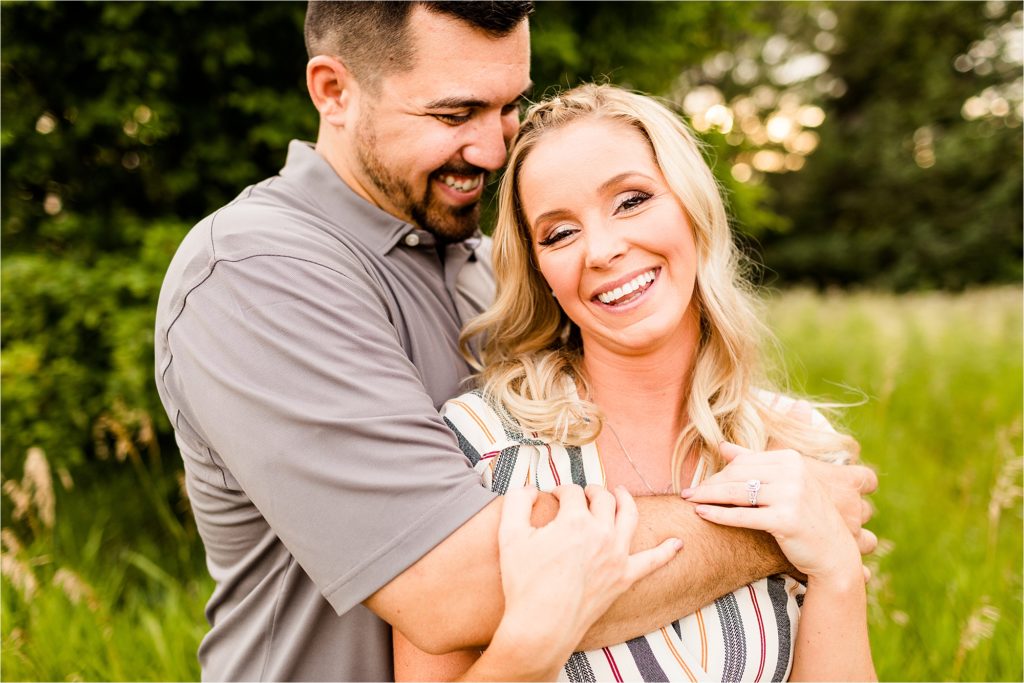
Macro Lenses: Can They Double as Portrait Lenses?
Macro lenses don’t always come up in portrait photography discussions, but they deserve a spot in the conversation! These specialized lenses are designed for extreme sharpness, making them a fantastic choice for capturing fine textures and details in portraits. The same accuracy that makes them ideal for photographing tiny subjects translates beautifully when highlighting the intricate features of a person’s face! From the delicate details of eyelashes to the subtle texture of skin, a macro lens brings an extra level of clarity that can make portraits truly stand out.
Many macro lenses fall right into the sweet spot for portrait photography! The 90-135mm range is especially popular, offering beautiful subject compression while keeping a comfortable working distance. Among them, the 100mm macro stands out as a favorite, delivering razor-sharp details with the added benefit of creamy background separation. It’s a fantastic option for photographers who want the best of both worlds—great close-ups and classic portrait versatility!
One of the biggest advantages of macro lenses? Their incredible versatility! Instead of juggling separate lenses for portraits and close-up detail shots, a single macro lens handles both with ease—streamlining your gear while delivering professional-quality results. This makes them especially useful for wedding photographers who need to capture everything from intimate portraits to intricate shots of rings, florals, and other small details. With a macro lens in your kit, you’re always ready for both the big instants and the tiny, meaningful touches!
The one trade-off is that most macro lenses have maximum apertures around f/2.8, which still allows for pleasing background blur but not quite the extreme separation achieved with f/1.4 prime portrait lenses.
Zoom Lenses vs. Prime Lenses: Where Do They Fit in Portraits?
Prime lenses are known for their wide maximum apertures (f/1.2, f/1.4, f/1.8), which allow for dramatic subject isolation and excellent low-light performance. Their simpler optical design often results in sharper images with fewer aberrations, making them a favorite among photographers who prioritize image quality.
That said, modern professional zoom lenses have come a long way! A 70-200mm f/2.8 has become a staple for portrait photographers who need flexibility without sacrificing too much on sharpness. The ability to quickly adjust focal length without changing position is a game-changer in fast-paced sessions, helping you capture a variety of compositions without breaking the flow.
Each option also affects workflow differently. Prime lenses encourage a more intentional approach—since you have to physically move to reframe, you naturally slow down and compose more thoughtfully. This “zoom with your feet” method often leads to stronger connections with your subject! On the other hand, a zoom lens allows you to adapt quickly to shifting expressions or movements, ensuring you don’t miss key instants.
For those building their kit, starting with a high-quality 50mm or 85mm prime is often the best investment. These focal lengths offer versatility, great subject separation, and excellent low-light capabilities! A quality zoom can always be added later as your style and client needs evolve.
Lens Selection Based on Shooting Environment and Lighting
Your shooting location plays a huge role in selecting the right portrait lens! In tight indoor spaces, a 35mm or 50mm lens may be the only way to capture full-body portraits, while in a more open setting, an 85mm or 135mm lens can create a beautiful, natural compression effect.
Background elements matter too. If you’re working in a location with distractions behind your subject, longer focal lengths (85mm and up) help smooth out the background and create a more polished look—even at moderate apertures. But if the setting itself plays a role in the story, a wider lens (35mm-50mm) allows you to include more environmental context while keeping the subject as the focal point!
Lighting conditions also influence lens choice. In dim reception halls or low-light indoor settings, fast prime lenses with wide apertures can make all the difference. The extra 2-3 stops of light between an f/2.8 zoom and an f/1.4 prime can mean the difference between a crisp, low-ISO shot and an image compromised by noise or motion blur!
And don’t forget weather conditions! If you’re shooting outdoors in unpredictable weather, a weather-sealed lens with image stabilization might take priority over a lens with slightly better optical performance. The best portraits happen when you can focus on creativity rather than worrying about your gear handling the elements!
Using different lenses throughout a session adds variety to your final image collection! One approach? Start with a 24-70mm zoom to capture environmental shots that establish context, then switch to an 85mm prime for intimate close-ups that highlight emotion and connection. This balance creates a diverse gallery that tells a complete story, giving clients a dynamic mix of wide, medium, and tight portraits!
In Summary
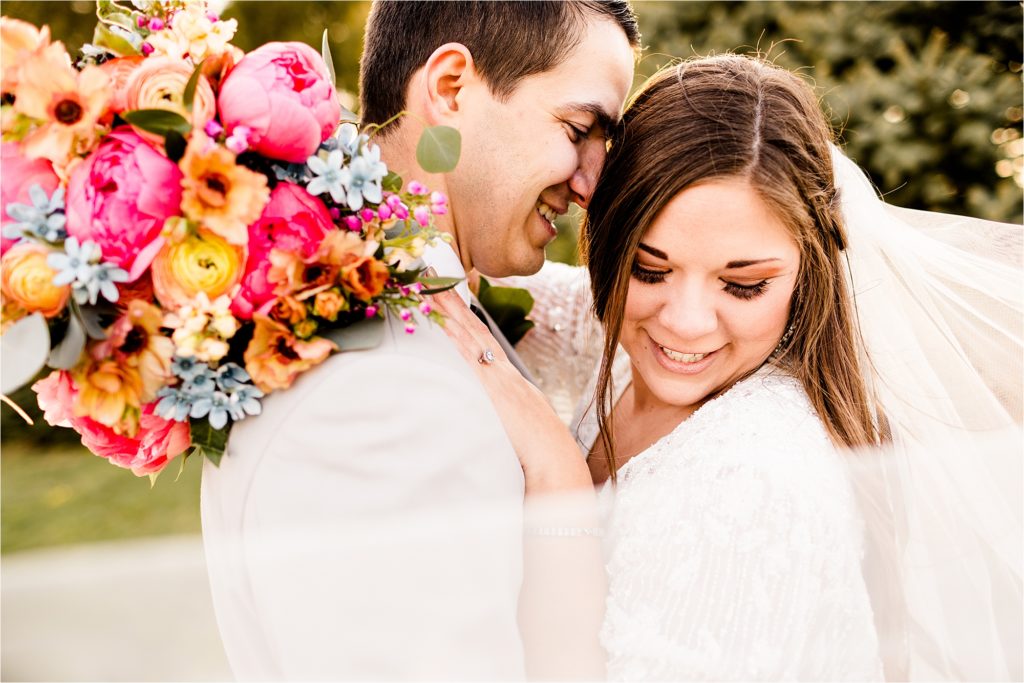
The Best Lens for Portrait Photography: Balancing Needs and Budget
After exploring portrait lenses across different brands and styles, one big question remains: what lens should you use for portraits? The answer isn’t one-size-fits-all—it comes down to balancing your artistic vision, shooting environment, and budget.
For photographers only starting their portrait journey, an 85mm prime lens is often the best blend of flattering perspective, subject separation, and versatility! If budget is a concern, a 50mm f/1.8—usually available for under $200—offers incredible value while helping you master the fundamentals of portrait composition. These affordable options prove that great portrait photography isn’t only about price!
Professional photographers often benefit from having multiple lenses in their toolkit. An 85mm or 105mm prime is a go-to for dedicated portrait sessions, while a 70-200mm f/2.8 zoom provides versatility for events and dynamic shooting situations. For studio work, investing in premium glass like an 85mm f/1.2 or f/1.4 can make a noticeable difference in image quality—something clients immediately appreciate!
Frequently Asked Questions
What focal length is best for portrait photography?
The ideal focal length for portraits typically falls between 50mm and 135mm, with 85mm being a favorite among professionals. Wider lenses (35-50mm) are great for environmental portraits that include more background context, while longer lenses (85-135mm) offer flattering compression for headshots and upper-body portraits. Your available space matters too—a 135mm lens requires more room to work, whereas a 50mm allows for closer shooting in tighter environments!
Is a 50mm lens good for portraits?
Absolutely! A 50mm lens is a fantastic choice for portraits, especially environmental and three-quarter shots. On full-frame cameras, it provides a natural perspective similar to the human eye, making images feel authentic. On crop-sensor cameras, a 50mm acts more like a short telephoto (around 75-80mm equivalent), placing it squarely in the traditional portrait range! Plus, the 50mm f/1.8 is one of the best-value lenses out there, delivering sharp images and beautiful background blur without breaking the bank.
What aperture is best for portrait photography?
The best aperture depends on your subject and style! For single-subject portraits, shooting between f/1.4 and f/2 creates beautiful background separation. For group portraits, f/4 to f/5.6 make sure multiple faces stay in focus. Even professionals don’t always shoot at their widest apertures—adjusting based on lighting, subject distance, and creative intent is key!
Are prime lenses better than zoom lenses for portraits?
Prime lenses typically offer wider apertures and sharper optics at lower price points, making them popular for dedicated portrait work. However, modern zoom lenses like the 70-200mm f/2.8 deliver outstanding image quality while offering the flexibility to adjust framing on the fly! Many portrait photographers use both—primes for controlled sessions where maximum quality is the goal and zooms for events or fast-moving shoots where adaptability is key.
What’s the best budget lens for portrait photography?
The 50mm f/1.8—often called the “nifty fifty”—is hands down the best value for portrait photography. Available from Canon, Nikon, Sony, and others, it typically costs between $125-$250 while delivering professional-level sharpness and background blur! For those wanting more compression, many brands also offer affordable 85mm f/1.8 lenses, which provide great subject isolation without a steep price tag.
How important is image stabilization in a portrait lens?
Image stabilization becomes more useful as focal length increases or when shooting in low light without a tripod. For an 85mm portrait lens, stabilization is helpful but not important. But for a 135mm lens or longer, or when shooting handheld in dim conditions, stabilization can make a huge difference in keeping images sharp! If you often shoot in low-light environments or at longer focal lengths, it’s worth considering.
Can I use vintage lenses for portrait photography?
Absolutely! Vintage lenses can produce unique character, gorgeous bokeh, and a softer, film-like aesthetic that modern glass sometimes lacks. Many portrait photographers seek out older manual focus lenses for their distinctive rendering. While adapting vintage lenses to modern cameras is straightforward with the right adapter, you’ll likely lose autofocus capabilities—which is something to keep in mind for fast-paced sessions!
Affiliate Disclosure: Some links in this post are affiliate links, meaning we may earn a commission if you make a purchase through our links, at no extra cost to you. As wedding photographers ourselves, we only recommend gear we’ve thoroughly researched or would use in our own business. Your support helps us continue creating valuable content for the photography community.
